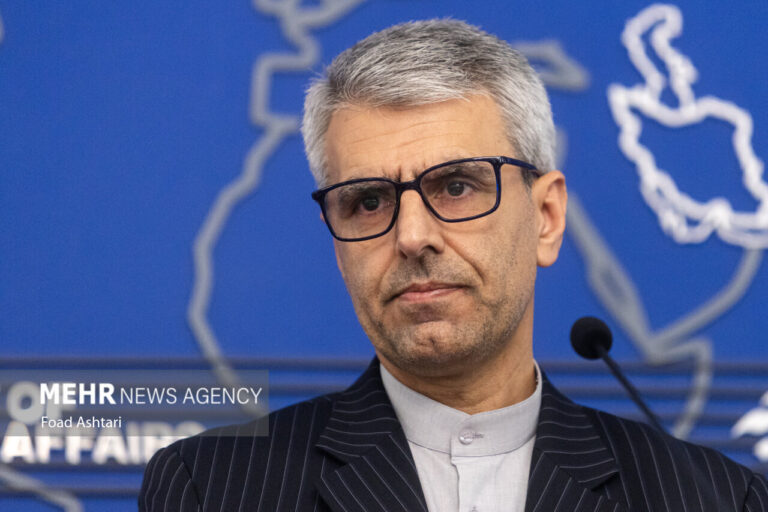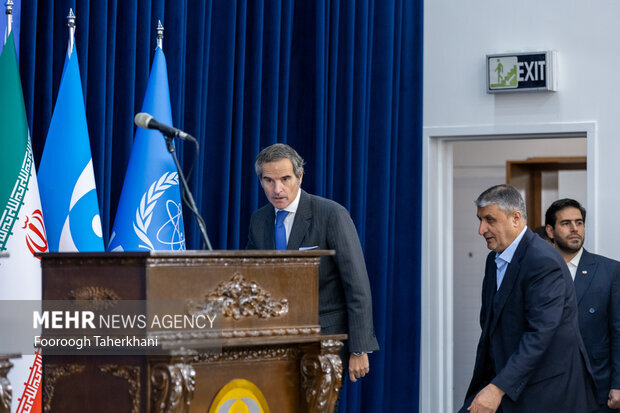Trump’s $1 Billion Yemen Bet Crumbles: A High-Stakes Gamble Gone Wrong
In recent weeks, U.S. military strikes in Yemen have raised concerns about the effectiveness of America’s foreign policy strategy, particularly under President Donald Trump’s second term. Despite an estimated expenditure of $1 billion, the strikes have yielded minimal strategic success against the Ansarullah movement, which remains defiant and operational. This situation highlights significant flaws in American strategic planning and military engagement in the region.
When President Trump assumed office in January 2025, one of his first actions was to address the growing threat posed by the Ansarullah movement. Following a series of attacks on commercial vessels linked to Israel, the U.S. government authorized a robust airstrike campaign aimed at “restoring freedom of navigation” in the Red Sea.
However, the decision to prioritize military action over diplomatic solutions and regional coalition-building has proven both strategically weak and financially reckless. Here are some key points regarding the situation:
- High Costs: Analysts estimate that the military operation has exceeded $1 billion, yielding little degradation in Ansarullah’s capabilities.
- Exaggerated Success Claims: CENTCOM reported eliminating “dozens of movement targets,” but independent observers suggest these claims are unverifiable.
- Resilience of Ansarullah: The group continues to conduct maritime operations in the Red Sea, demonstrating its operational strength.
While the U.S. calculates its Yemen campaign in terms of dollars and military assets, the Ansarullah movement has adopted a contrasting approach. Rather than succumbing to pressure, the leadership has used the strikes to reinforce their political legitimacy and bolster morale both domestically and internationally.
In a statement released shortly after the initial airstrikes in January 2025, Mohammed Abdul Salam, Ansarullah’s senior spokesperson, emphasized their resolve: “The American and British aggressors think that by bombing our territory, they can silence our voice or break our will. They are mistaken. Every missile they launch only strengthens our determination.”
Similarly, Abdul-Malik al-Houthi, the movement’s leader, criticized the U.S. campaign as a sign of desperation, stating, “They bomb us from the sky because they cannot face us on the ground.” He further warned that resistance fighters would target U.S. ships in the Red Sea as long as the airstrikes continued.
Furthermore, Ansarullah’s media outlets have circulated footage showcasing their military capabilities and marked the U.S. strikes as “cowardly.” These narratives aim to project strength and unity among the Yemeni populace, countering the narrative of American dominance.
Additionally, Ansarullah officials have strategically framed U.S. actions as violations of Yemen’s sovereignty. A March 2025 communiqué to the United Nations described the strikes as “unprovoked violations of Yemen’s national airspace,” calling for an investigation into “American war crimes.”
The Trump administration’s strategy has overlooked the decentralized nature of Ansarullah’s military structure. Many of their missile units operate in mountainous terrain, utilizing local tribal networks for support. This adaptability has made it difficult for conventional military forces, heavily reliant on aerial surveillance, to combat them effectively.
The ongoing military campaign has not only failed to achieve its objectives but has also intensified anti-American sentiment across West Asia. Instead of isolating Yemen, the strikes have energized opposition to U.S. presence in the region, particularly in Iraq, Syria, and Lebanon.
Internationally, allies in Europe have expressed concern over the humanitarian toll of the strikes, advocating for political solutions instead of military intervention. Countries like France and Germany have called for a return to diplomacy, highlighting a stark contrast with Washington’s approach.
Domestically, Trump’s Yemen policy has drawn bipartisan criticism. Lawmakers from both parties have questioned the operation’s objectives, with Senator Chris Murphy labeling it an “endless operation with no measurable goals.” Meanwhile, Senator Rand Paul has raised concerns about prioritizing military spending abroad over addressing issues at home.
Public opinion is also shifting. A Gallup survey revealed that only 27% of Americans support the airstrikes, with 62% believing that funds could be better allocated to domestic issues such as healthcare and education.
The humanitarian impact of the U.S. military strikes has been severe. Despite claims of “surgical” strikes, organizations like Amnesty International and Human Rights Watch report numerous civilian casualties and damage to essential infrastructure. Key statistics include:
- Over 250 civilian casualties directly linked to airstrikes since January 2025.
- Thousands displaced from their homes, many facing repeated dislocation.
- Compromised access to humanitarian aid due to bombings near vital supply routes.
The pattern of military intervention in conflicts like Yemen echoes past failures in Afghanistan, Iraq, and Libya, where military actions without comprehensive political strategies have led to prolonged instability. In Yemen, U.S. operations appear to have inadvertently strengthened the Ansarullah movement, pushing them towards guerrilla tactics and further solidifying their positions.
The Trump administration’s handling of the Yemen conflict serves as a cautionary tale of strategic miscalculation, characterized by overconfidence and a lack of foresight. Moving forward, the United States must pivot towards diplomatic engagement and conflict resolution to genuinely secure stability in the Red Sea region.
Failure to do so may lead to another costly chapter in America’s history of military interventions that yield little more than prolonged conflict and instability.






